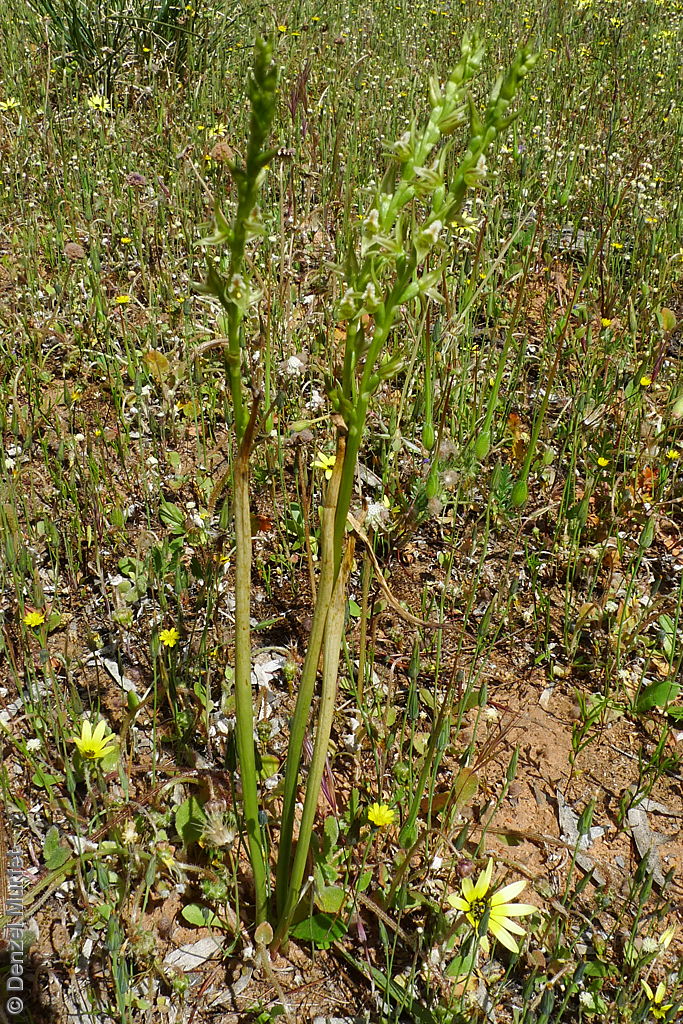
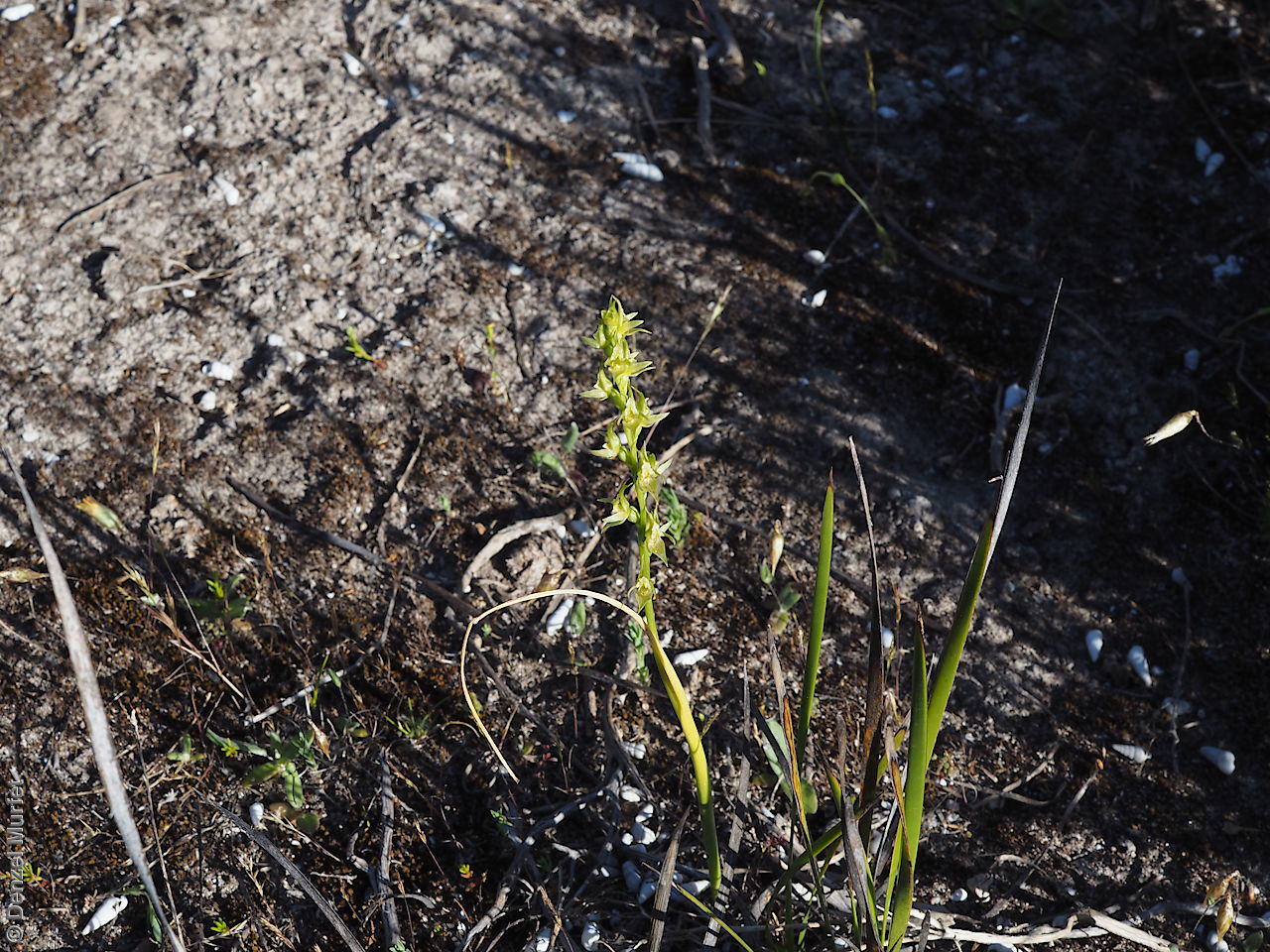
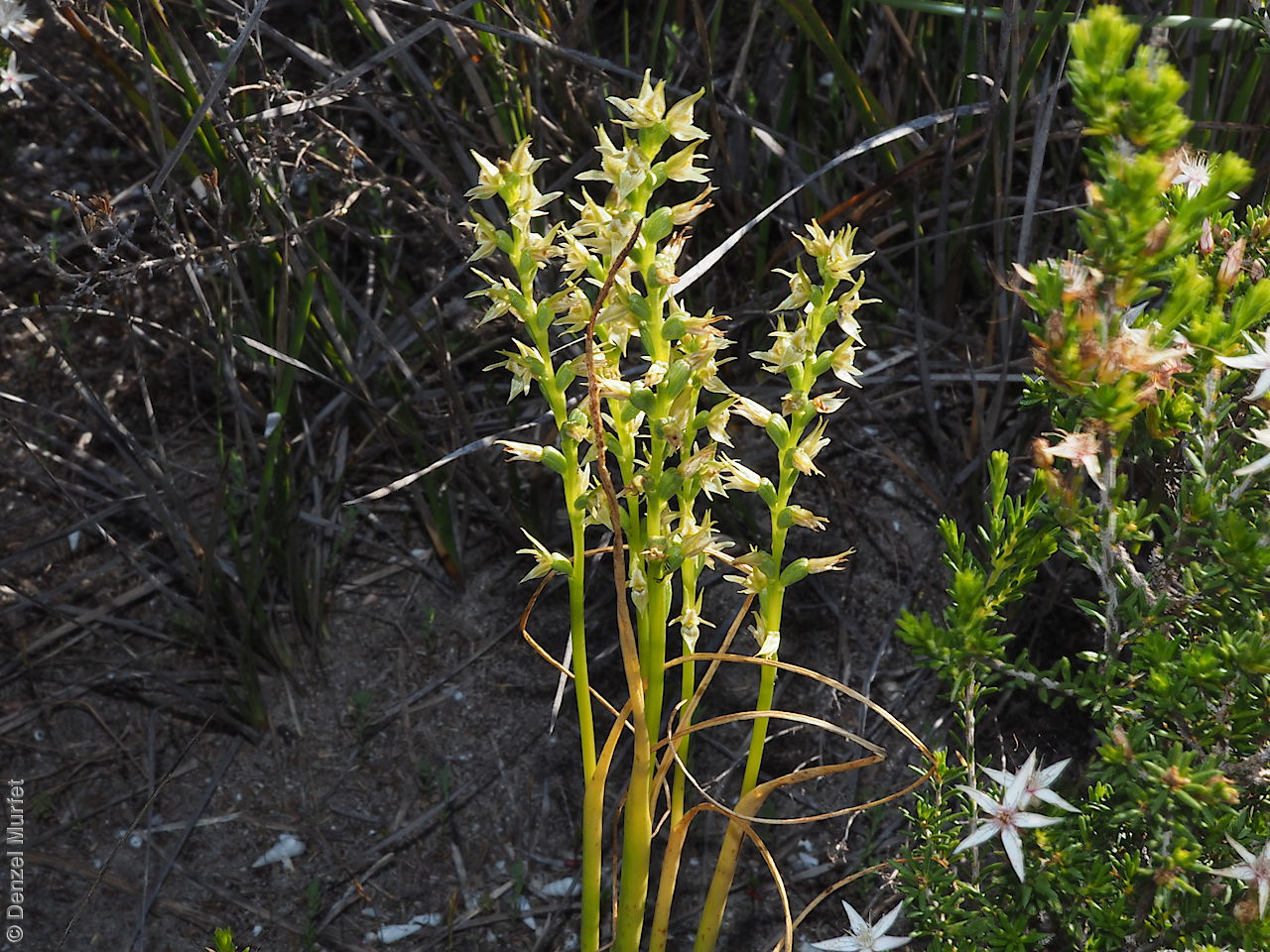
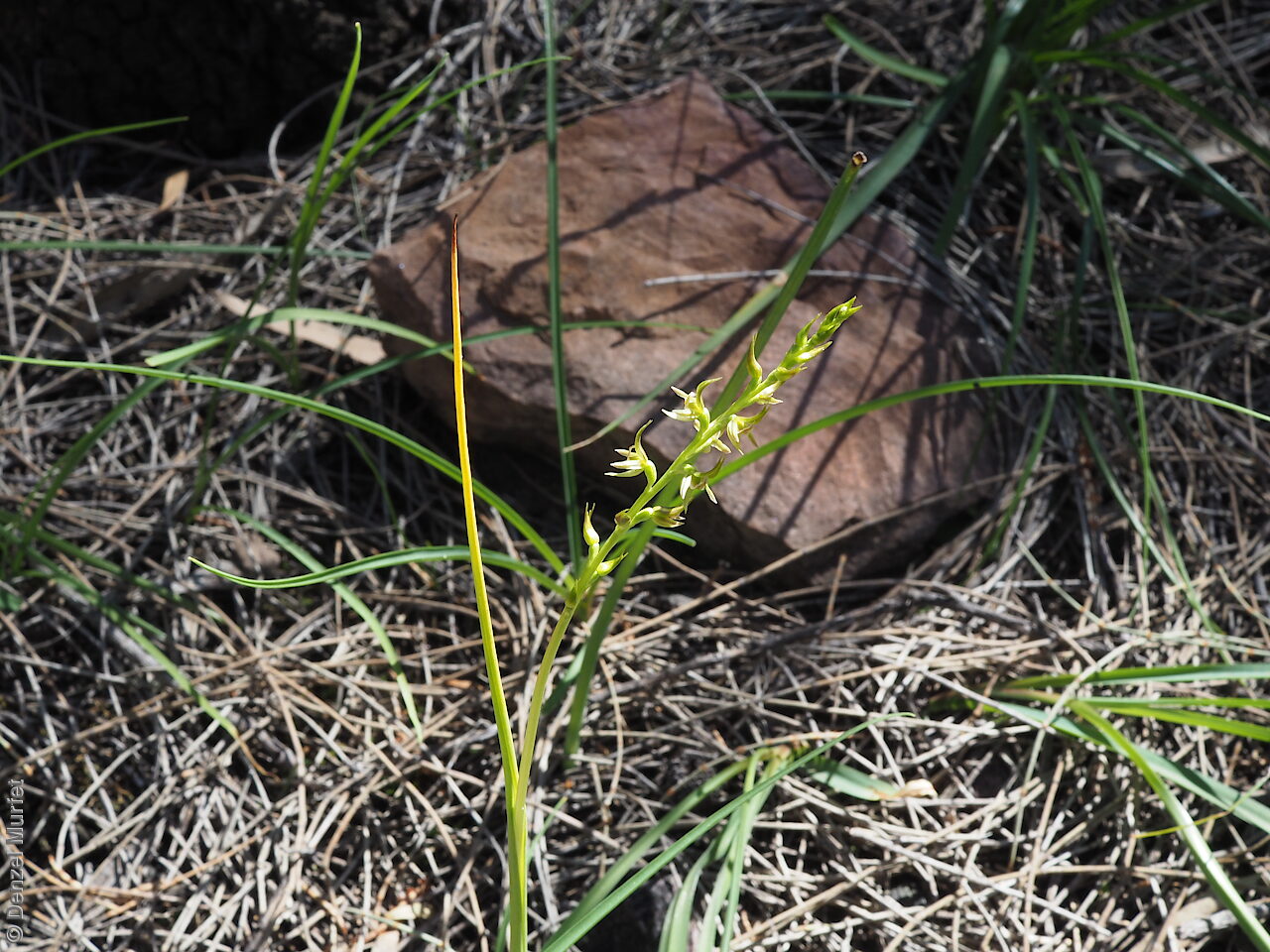
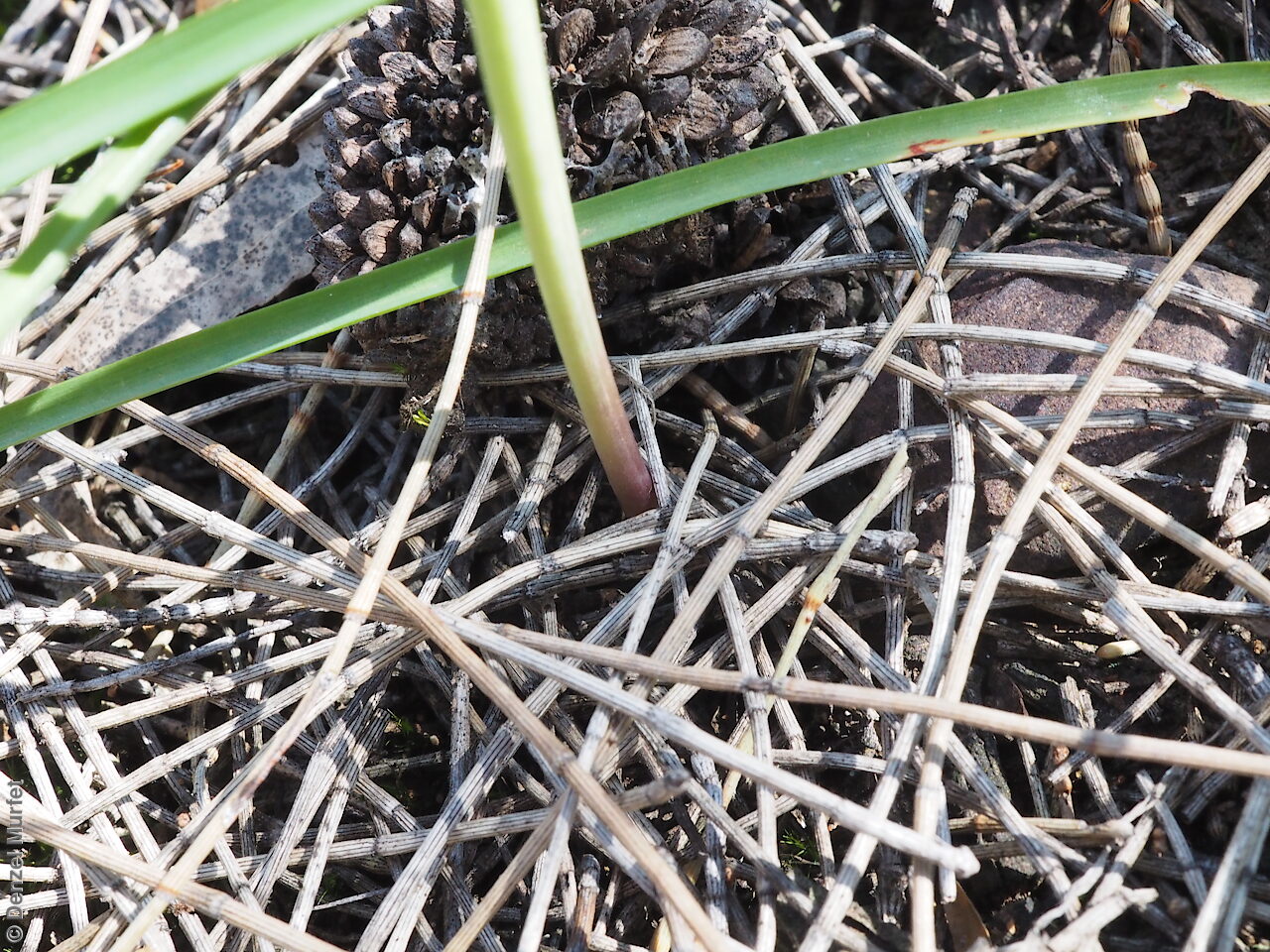

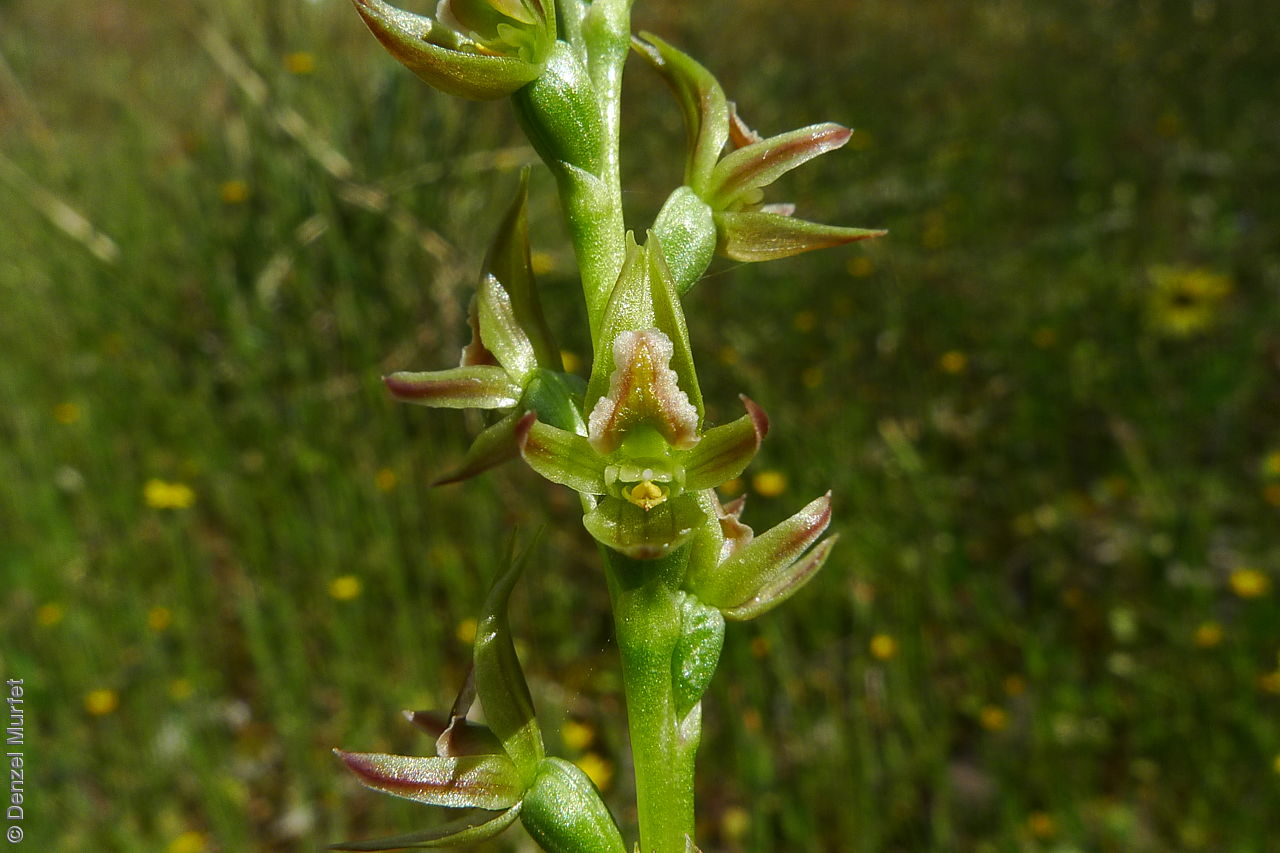



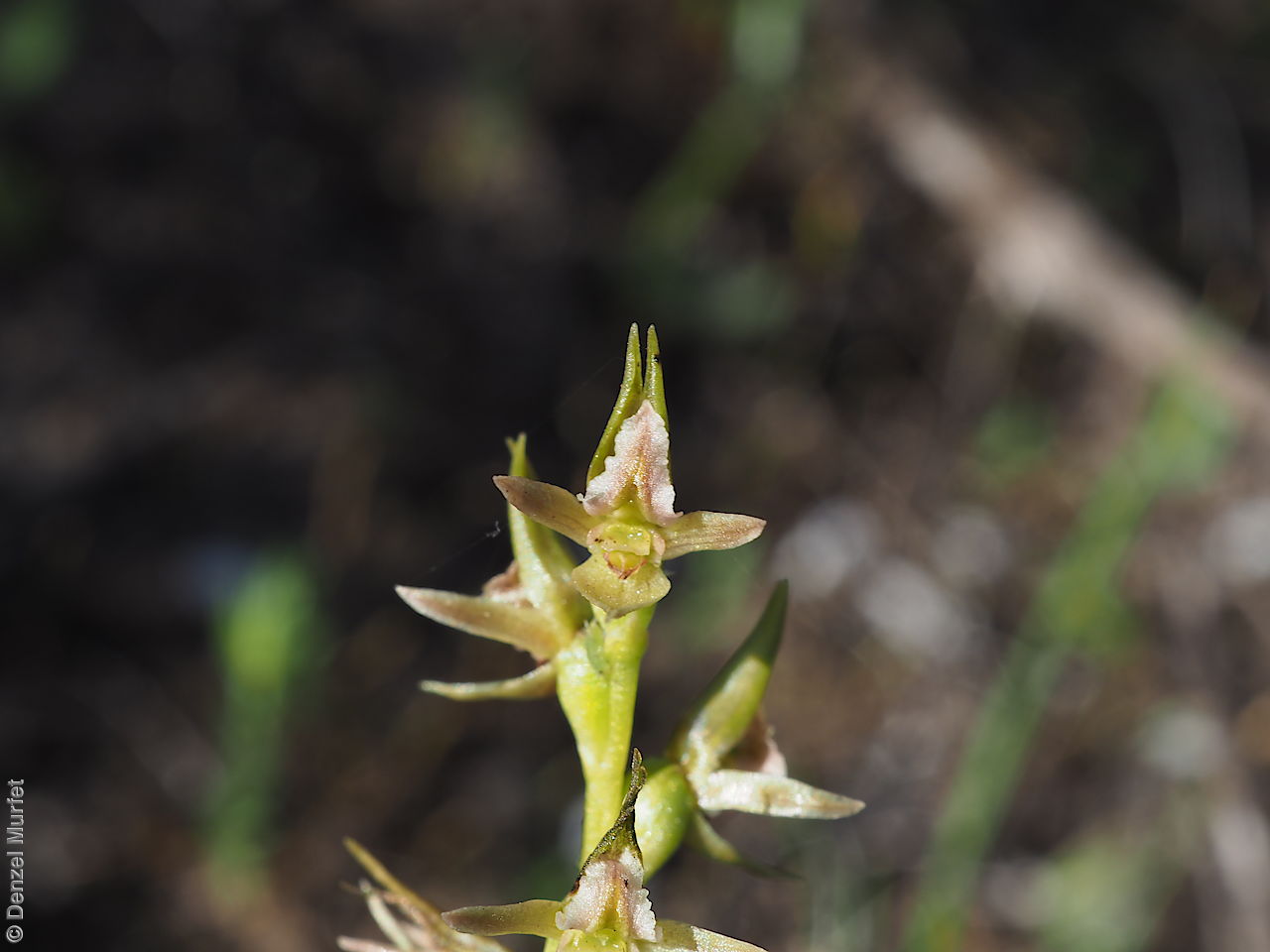
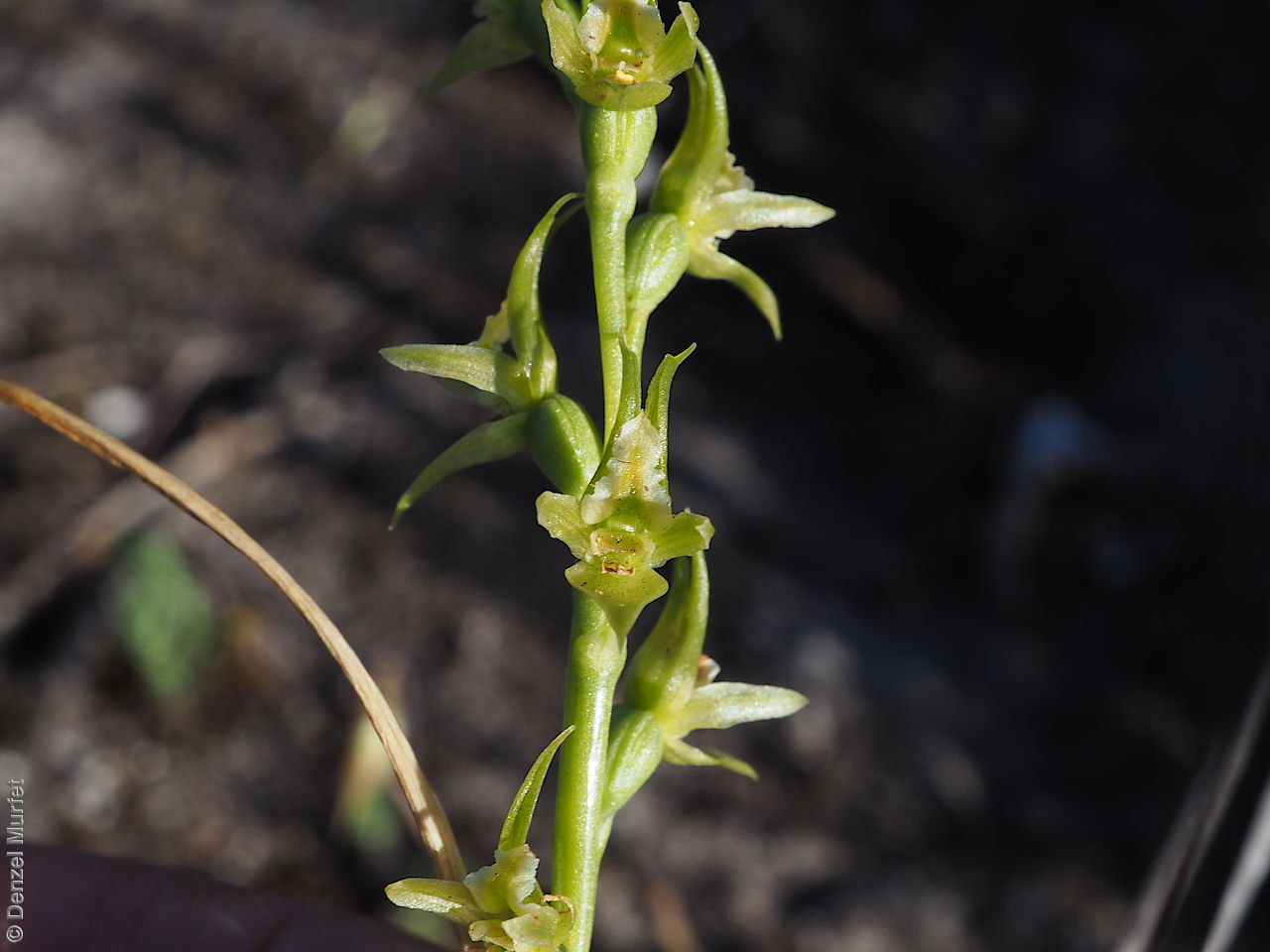

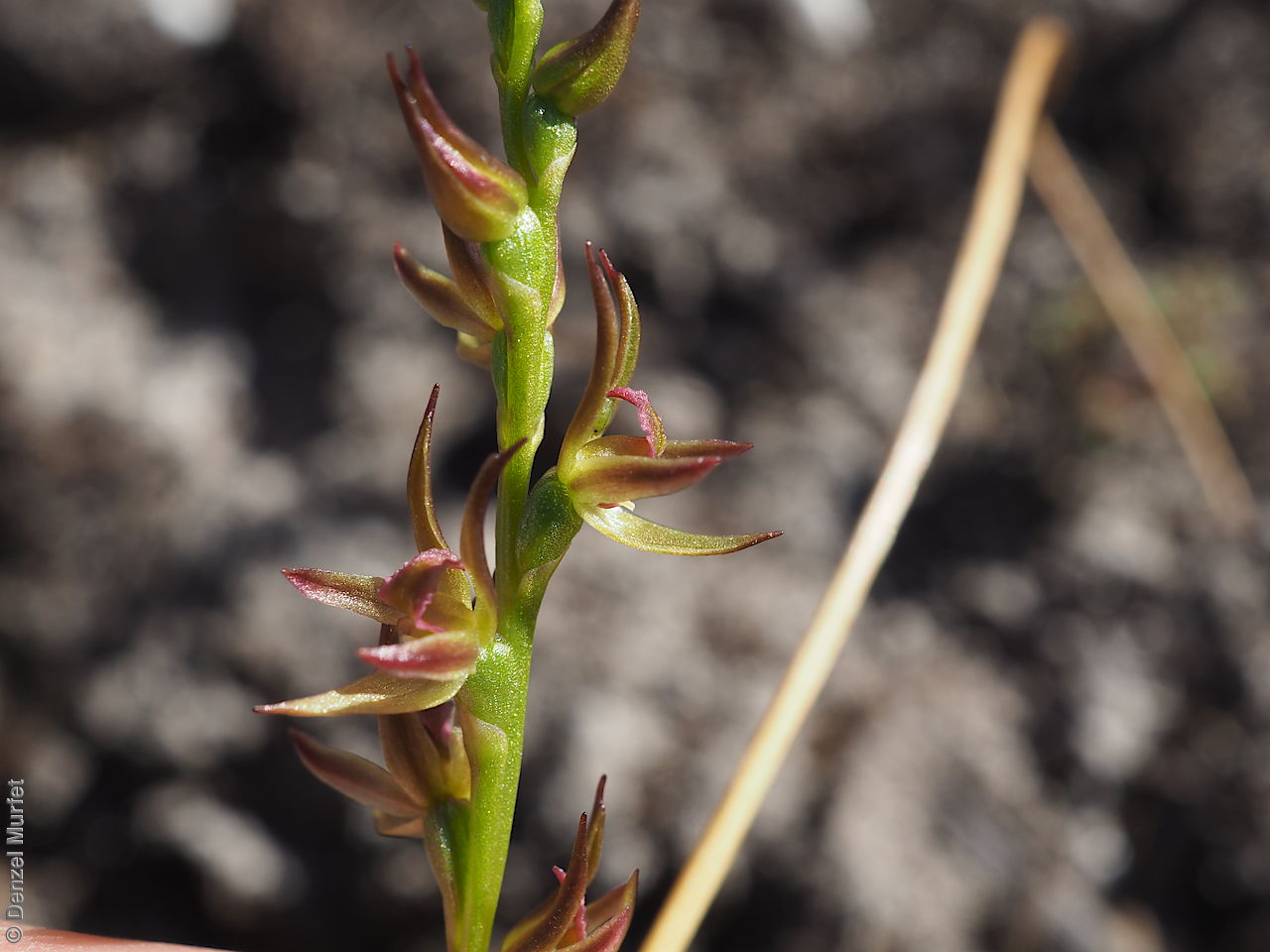
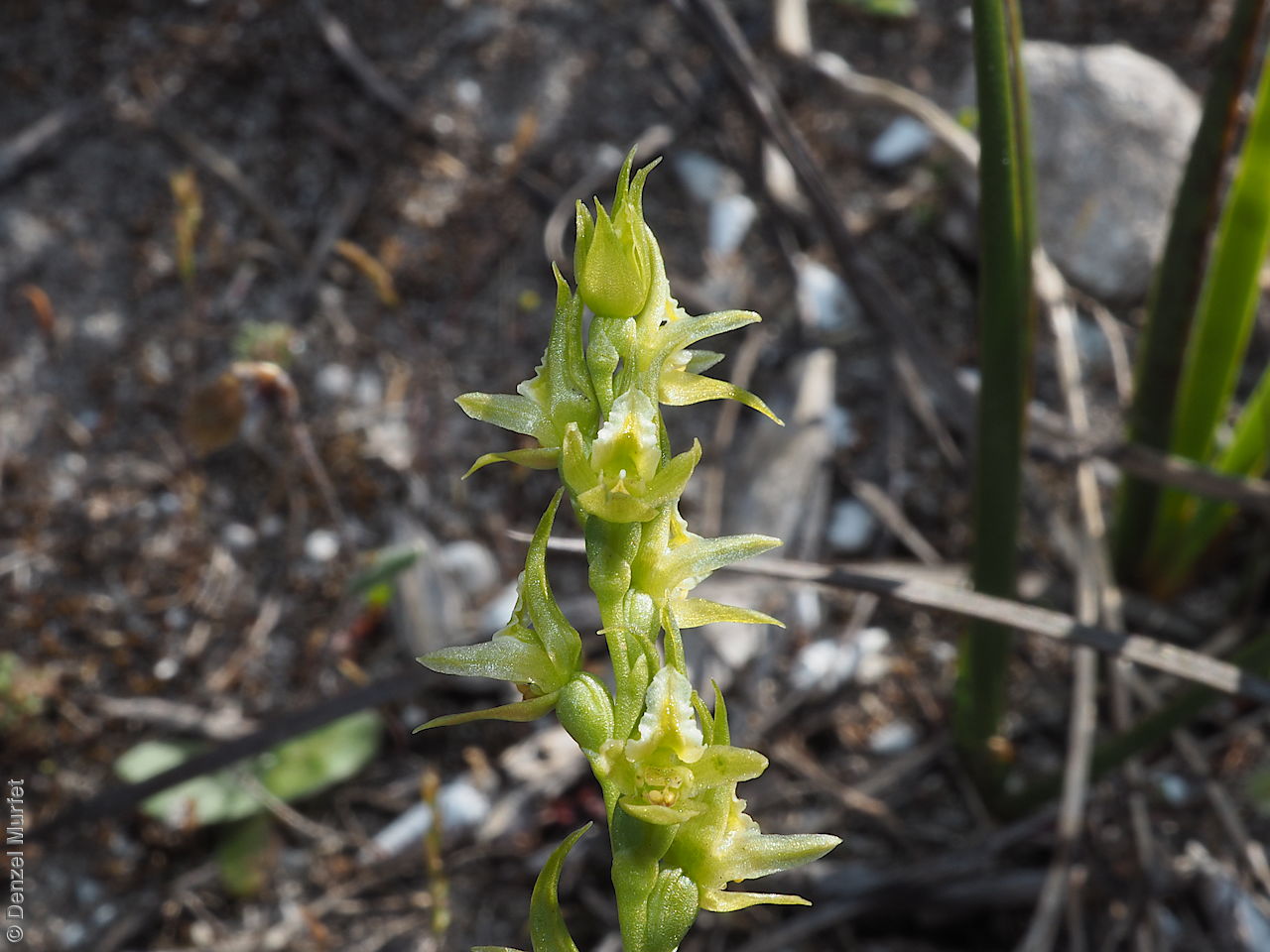


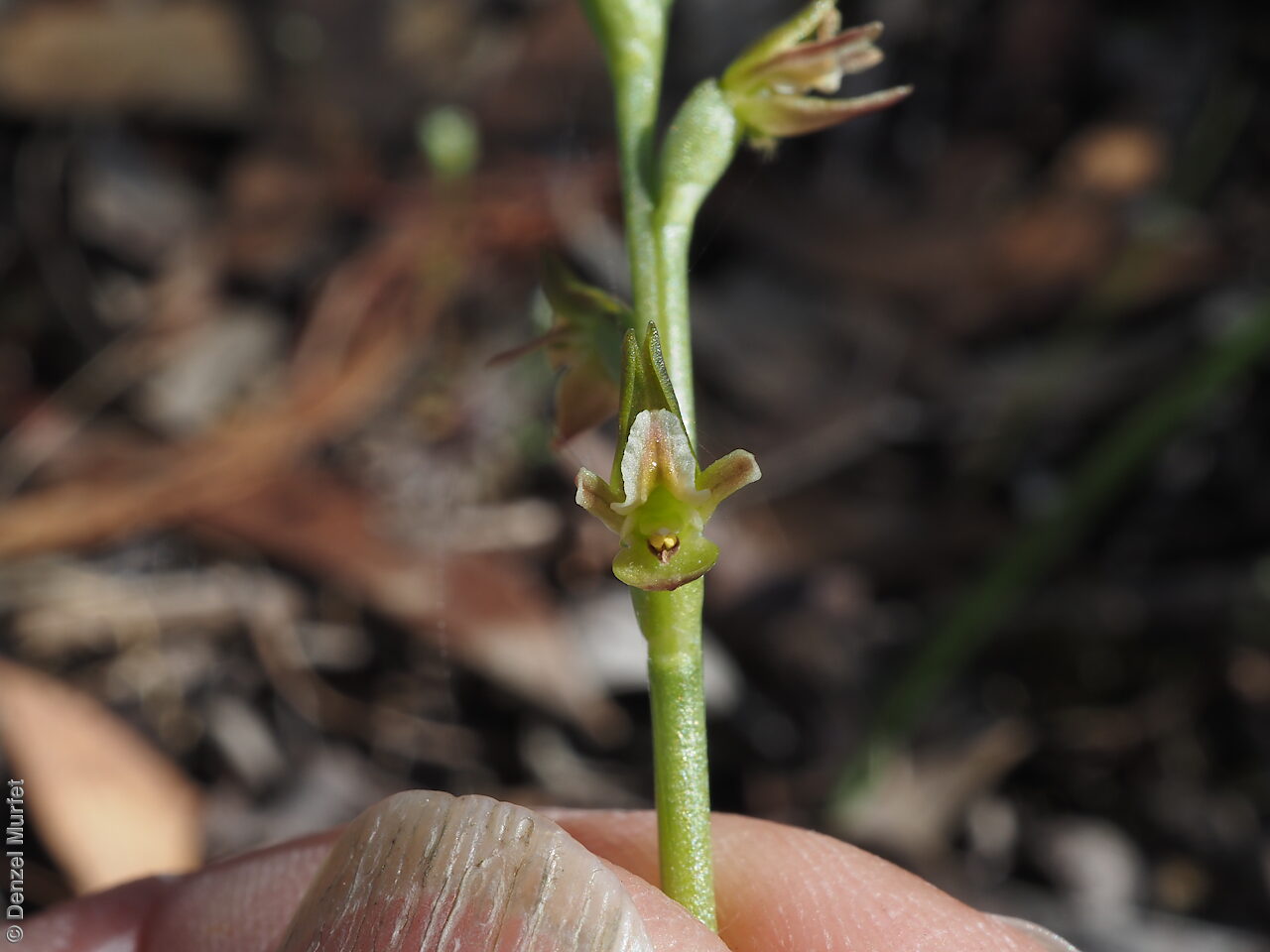


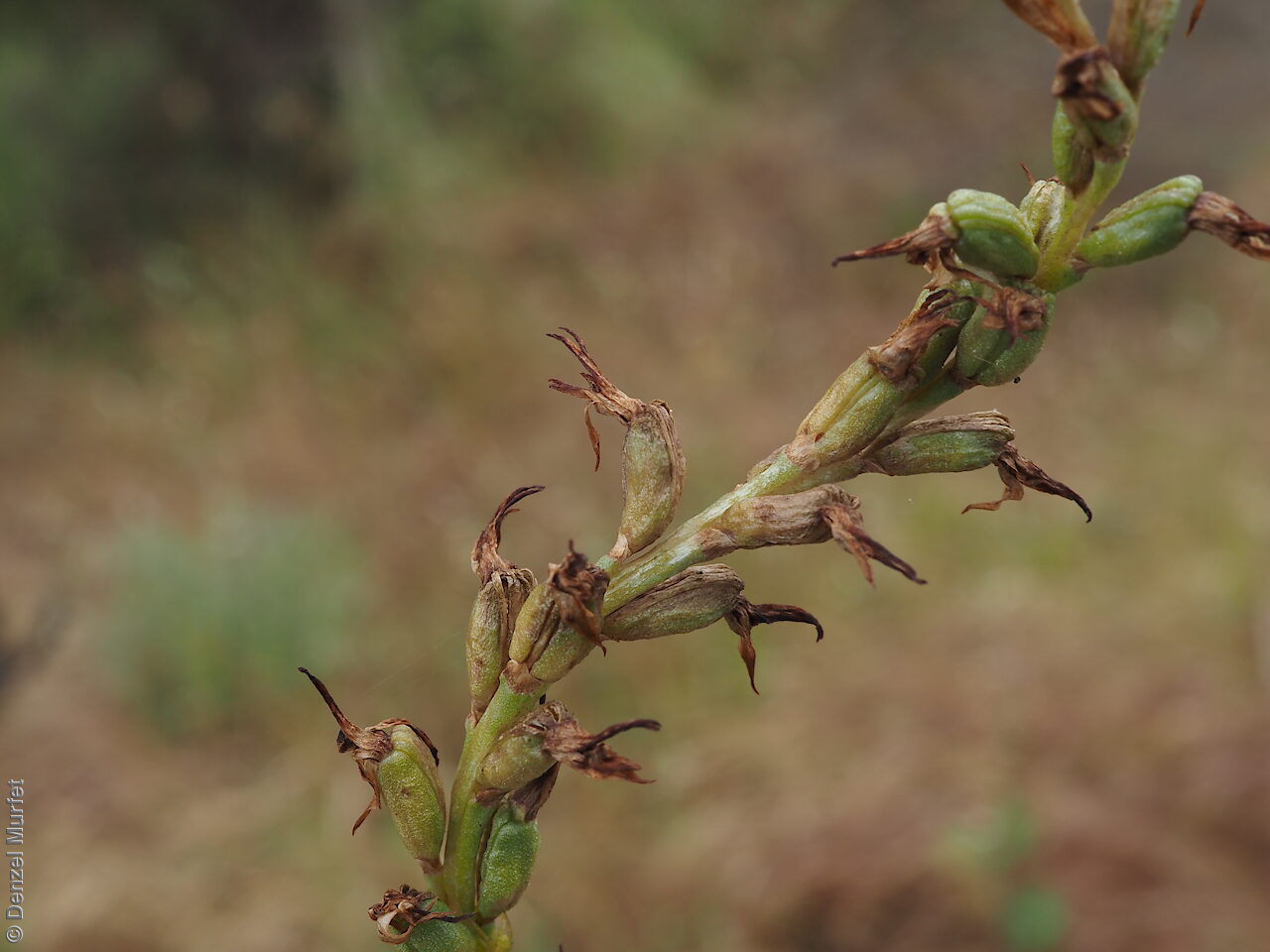

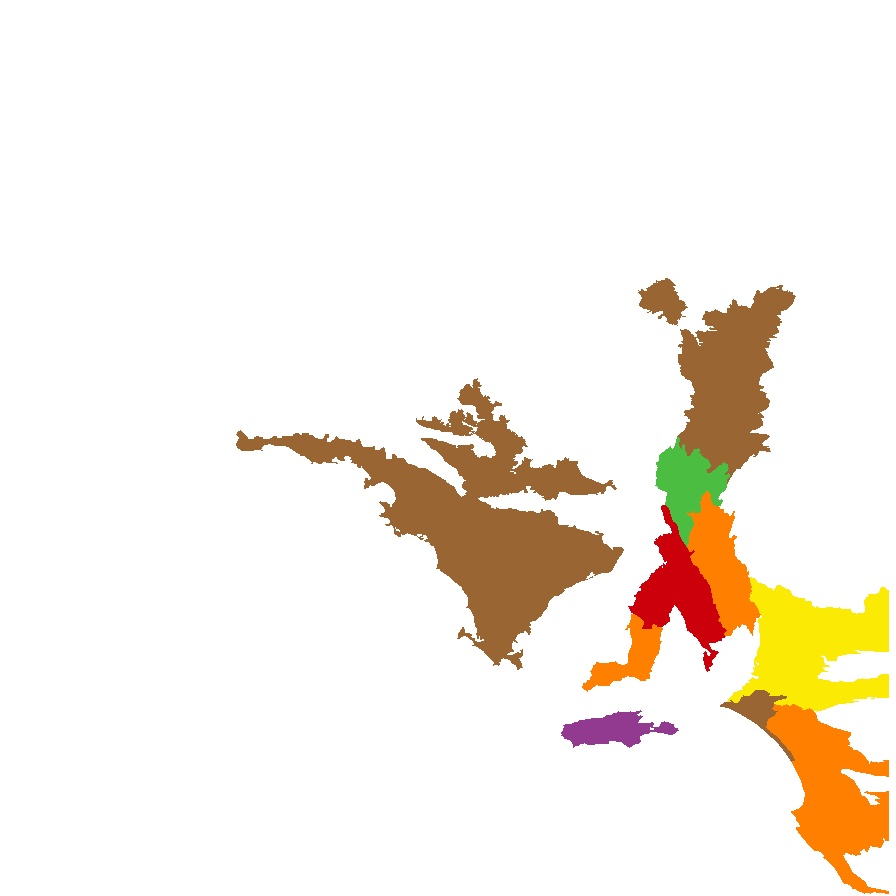
Botanical art
Prior names
Prasophyllum fuscum var. occidentale
Common names
Western Leek-orchid
Plains Leek-orchid
Etymology
Prasophyllum from the Greek ‘prason’ meaning a leek and ‘phyllon’ meaning a leaf, referring to the leek-like orchid leaf. Occidentale from Latin meaning western, referring to the tyre specimen which was made on the West coast from Streaky bay in 1907.
Distribution and status
Found in the southern part of South Australia from the Eyre Peninsula, northern Flinders Ranges to the upper South East, growing in open areas in grassland, shrubland and woodland. Once collected on Kangaroo Island but presumed extinct. Also found in Victoria. Native. Common in South Australia. Uncommon in Victoria.
Herbarium regions: Flinders Ranges, Eyre Peninsula, Northern Lofty, Murray, Yorke Peninsula, Southern Lofty, Kangaroo Island, South Eastern, Green Adelaide
NRM regions: Eyre Peninsula, South Australian Murray-Darling Basin, South East
AVH map: SA distribution map (external link)
Plant description
Slender terrestrial orchid to 30 cm tall, leaf with a red based, apex slender and lax. Inflorescence in a loose spike with numerous, sweetly scented, pale yellow-green or with purplish tints flowers. Dorsal sepal to 7 mm long, ovate-lanceolate, decurved, laterals sepals often conjoined, petals oblong, spreading forward. Labellum to 8 mm, recurved near the middle, with a triangular, pale green or pink lamina with crisped crenulate margins, the callus with a broad base before the bend, thereafter narrower more raised and glistening. Flowering between August and October. Fruits are pale brown papery ellipsoid capsules along the spike. Seeds are very small orange-brown ellipsoid seed with a long cylindrical translucent brown mesh-like covering.
Seed collection and propagation
Collect seeds between October and December. Collect fat capsules as they start to dry and turn brown. Pods will split and release the seeds quickly and will require monitoring. To increase the chances of collecting mature pods, it is recommended that a small breathable bag (ie. Organza bags) be used to enclose the developing capsules. Place the capsules in a container that will hold fine seeds and leave to dry for a few weeks or until the capsule split. Then carefully hold the capsule and tap it gently to release the seeds. Store the seeds with a desiccant such as dried silica beads or dry rice, in an air tight container in a cool and dry place, refrigerator or in liquid nitrogen. For the NVC South East Orchid Project one population consisting of more than 8 individuals was recorded from Swedes Flat. Approximately 90,000 seeds (0.07 g) were banked. Seed viability was 93%. Seed germination for Prasophyllum is difficult in the absence of symbiotic mycorrhizal fungi. More research is needed to understand the requirements for seed germination in Prasophyllum species.
| Location | No. of seeds (weight grams) | Number of plants | Date collected | Collection number Collection location | Date stored | % Viability | Storage temperature |
|---|---|---|---|---|---|---|---|
| BGA MSB | 50,000 (0.1 g) 50,000 (0.1 g) | 20 | 17-Nov-2009 | DJD1314 South Eastern | 1-Nov-2016 | 90% | -80°C |
| BGA | 90,000 (0.074 g) | 8 | 18-Nov-2013 | DJD1314 South Eastern | 1-Nov-2016 | 84% | -80°C |
| BGA | 183,600 (0.13 g) | 12 | 23-Oct-2018 | DJD3802 Yorke Peninsula | 24-Apr-2019 | N/C | -18°C |
Number of plants: This is the number of plants from which the seeds were collected.
Collection location: The Herbarium of South Australia's region name.
% Viability: Percentage of filled healthy seeds determined by a cut test or x-ray.